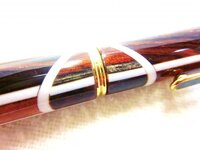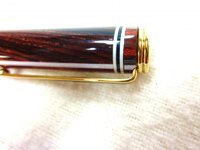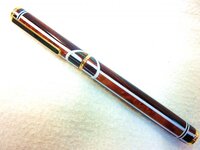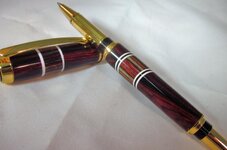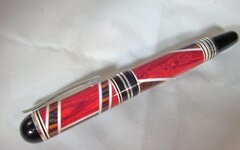Richard Gibson
Member
I bought 6 laminated blanks from PSI. I have now cracked 5 just trying to drill them. I slowed the drill down, I sped the drill up. I've gone slow and cleaned the bit each time I extract it. I've even drilled a pilot hole. When I start the bit into the wood, you can see the blade deflect to the side. I am using a 7mm bit that has only drilled 4 or 5 holes(with no problems.) I don't have any problems with any other blanks I've drilled. What is the secret to drilling these laminated blanks???

